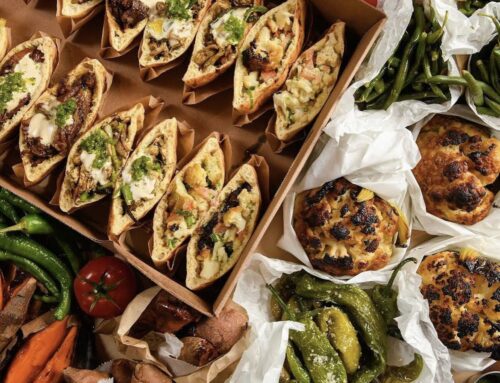Call it syrah. Call it
shiraz
. But whatever you call it, don’t call for it unless you’re in the mood for a potent, powerful red wine.
Those are three things to remember about syrah and
shiraz
. The first is that they’re the same grape, from southern and now established throughout the world, principally in (where it’s shiraz) and
California
(where it’s syrah).
Second, a well-made
shiraz
is intense and rich, nearly as fruity as a berry jam. It’s so intense because it has lots of tannins — the chemical that makes red wines dry and white wines, since they have fewer of them, less dry. This complicates the syrah-making process, because wines with lots of tannins require longer aging, which increases the price. Nevertheless, winemakers produce dozens and dozens of inexpensive shirazes, which leads to the third thing to remember — it’s often difficult to find a syrah that doesn’t turn the back of the mouth upside down for less than $20.
Poorly made shirazes are strong and overpowering and not much else. (Which means that people who taste them shudder and shake their heads and say they don’t like wine.) In this respect, syrah is much like pinot noir, the classic red wine grape that is also difficult to make well for less than $20.
Still, there are exceptions. Black Swan Shiraz, for about $7, is a dependable Australian label that garners good press as well as some prestigious competition medals. Cline Syrah 2001, from
California
for about $8, is also well made, thought a bit less overwhelming than the Black Swan.
At the upper end, Penfolds Bin 128 2000 ($23), is a classic Australian shiraz from the
Coonawarra
Valley
that’s rich and concentrated and full of wonderful jammy fruit. Even more impressive is the Copain Syrah 2002 ($35) from
California
. These are red meat wines, the kind to plan a meal around, especially if it’s prime rib.





